OPEN RIVERS PROGRAMME : 7 July next call for applications
The Open Rivers Program announces the next call for applications for 7 July 2023 (5th sessions since the programme began, deadline for application : 1st September).
For this call, organisations from all over Europe are encouraged to apply for all grant categories.
A new feature of this call for proposals is that public-sector support structures will also be eligible as leading, but only for demolition grants if match funding is available. Before applying in this context, a discussion with Open Rivers will be necessary. See the updated Open Rivers guide, in which all the new eligibility criteria will be detailed.
As an NGO, and with 4 projects underway with Open Rivers, ERN is in regular contact with the programme and closely follows its developments. ERN is therefore still a strong partner which, together with a field coordinator such as a river syndicate, can propose a project in France.
In other European country, ERN provides a help desk to support a project idea and links organisation with other applicants or referents.
Q&A sessions for France and European countries will be organised in the near futur.
Memo : an run application process is approximatively 9 months. For an application to session 5, from 7 July 2023, your project will not be able to start until March 2024 if it is selected. Project duration: 1 year.
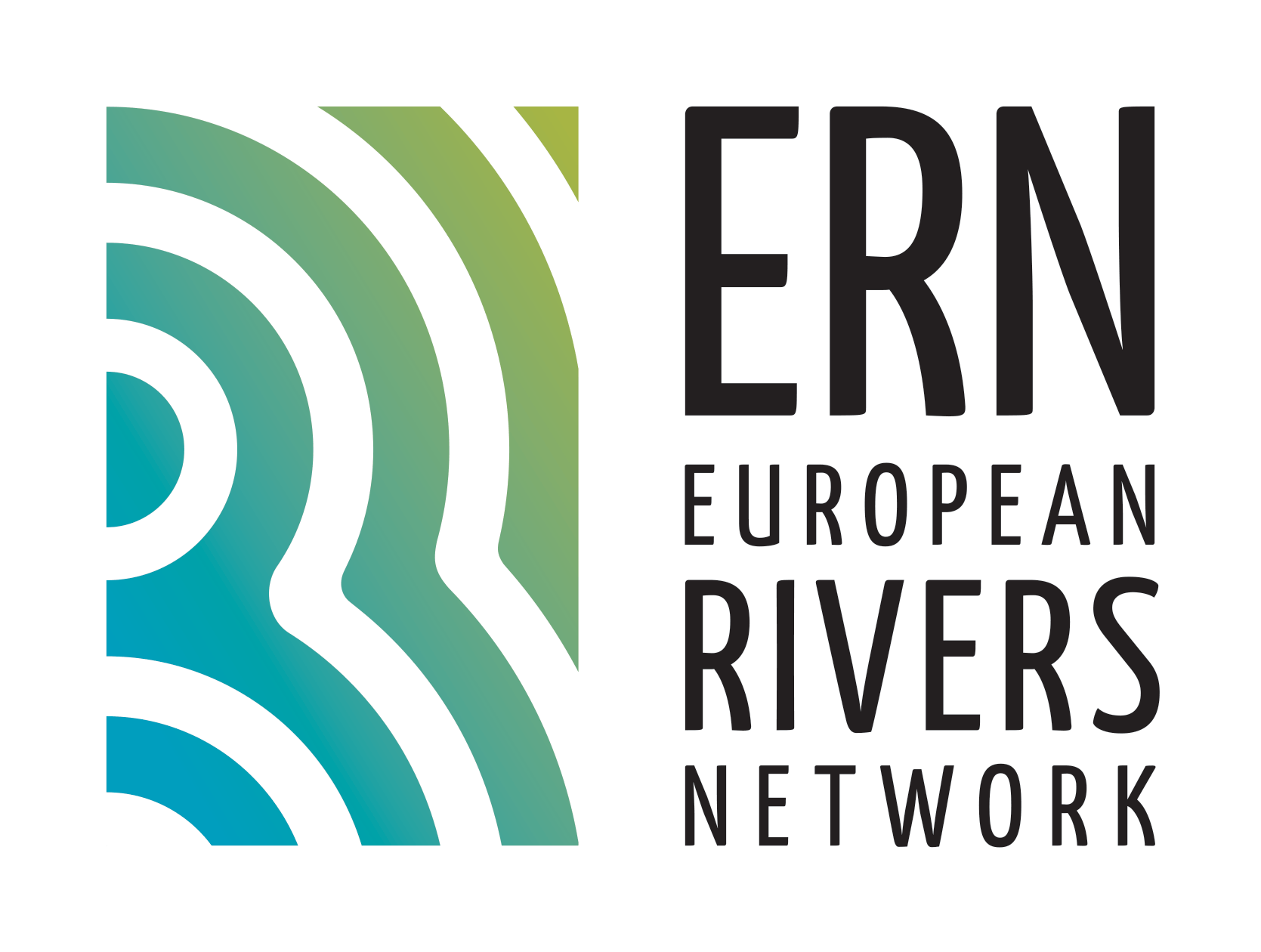

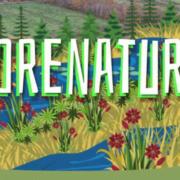

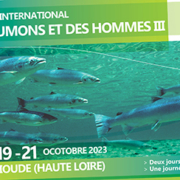
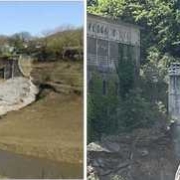
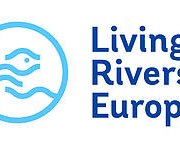
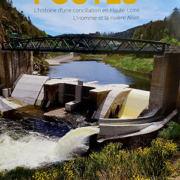

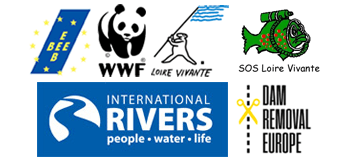 ERN is the official WWF Freshwater Partner in France and cooperates with WWF Switzerland, Austria, Netherlands and others
ERN is the official WWF Freshwater Partner in France and cooperates with WWF Switzerland, Austria, Netherlands and others